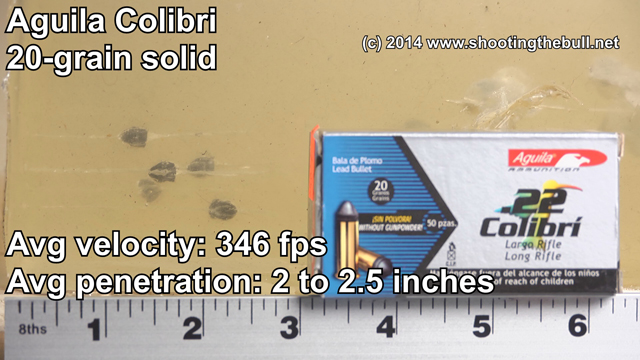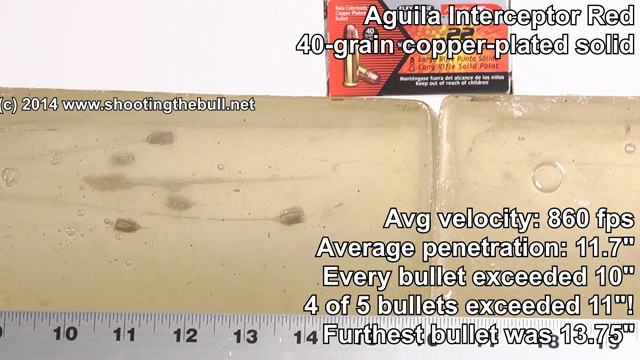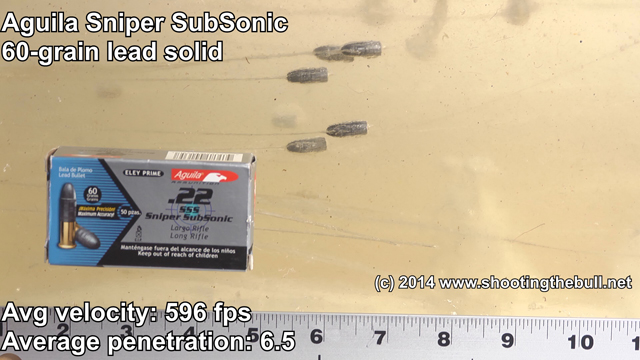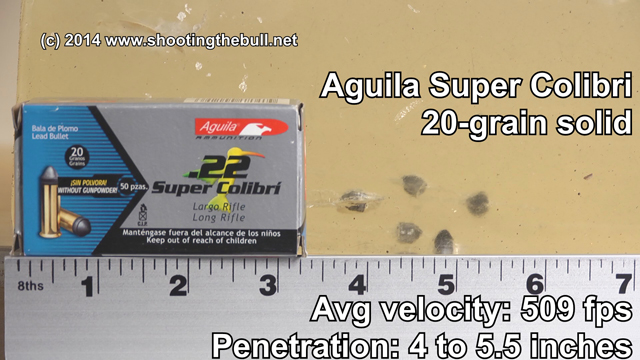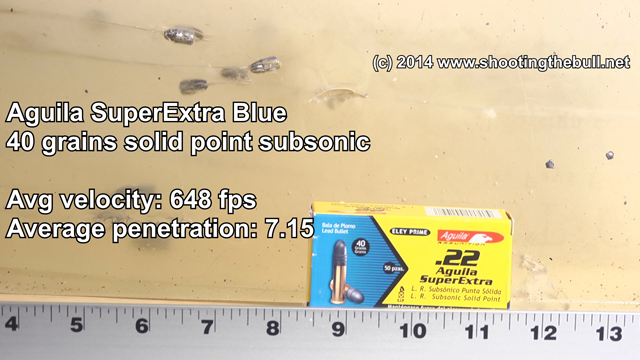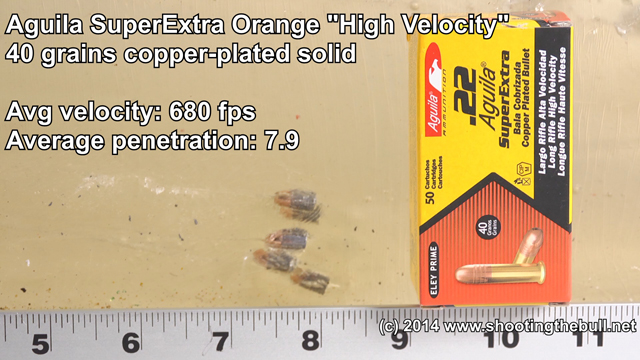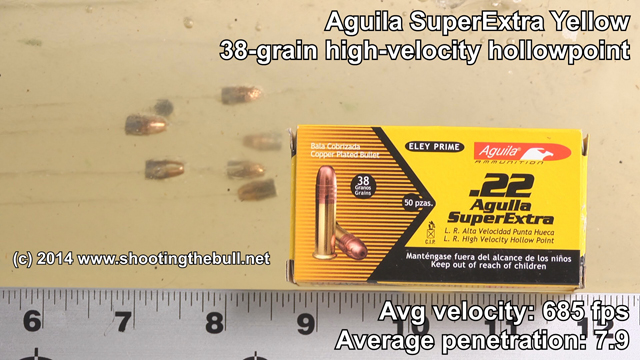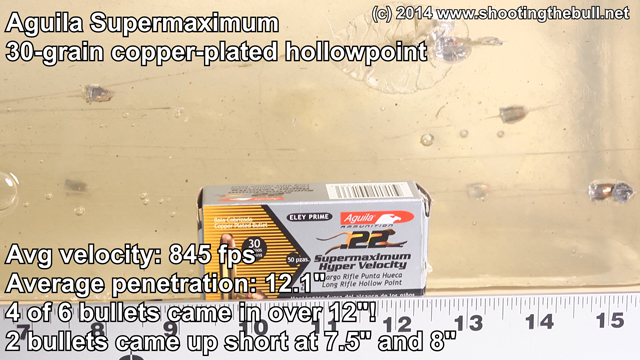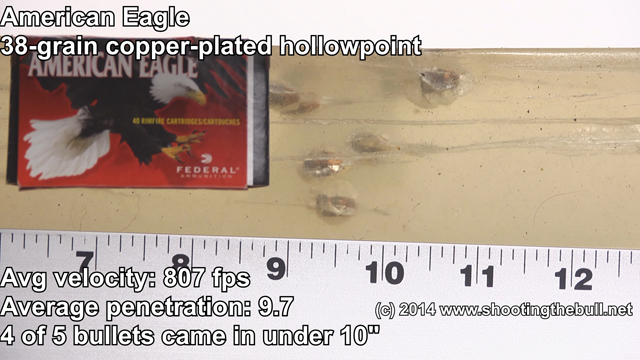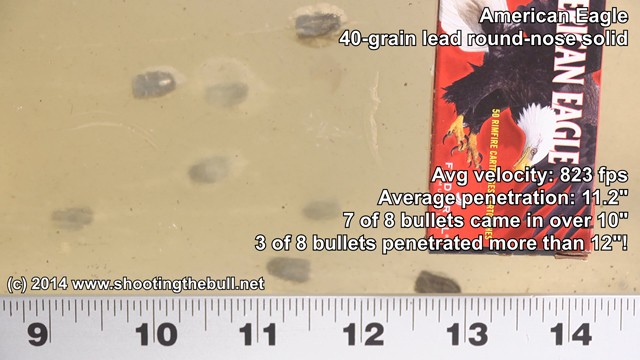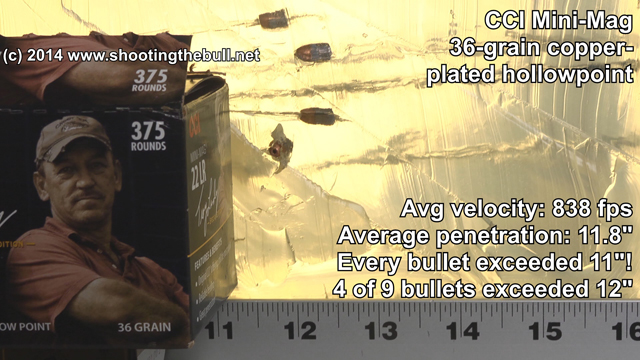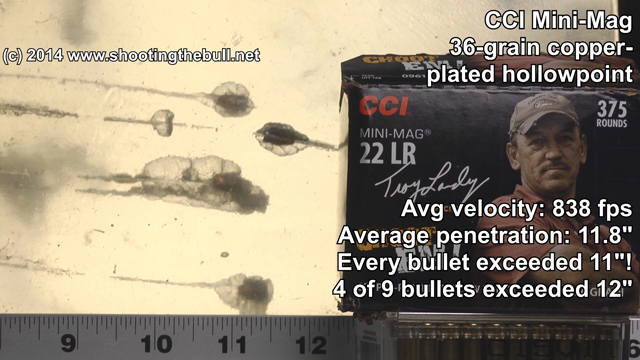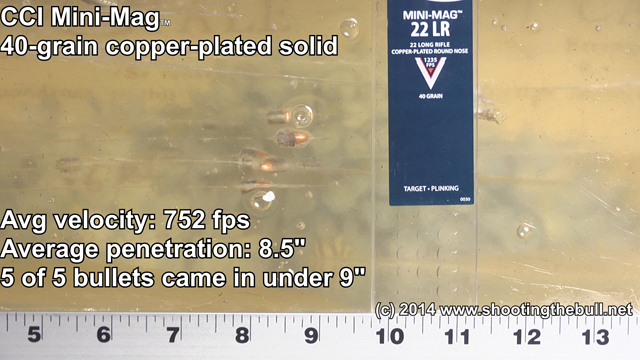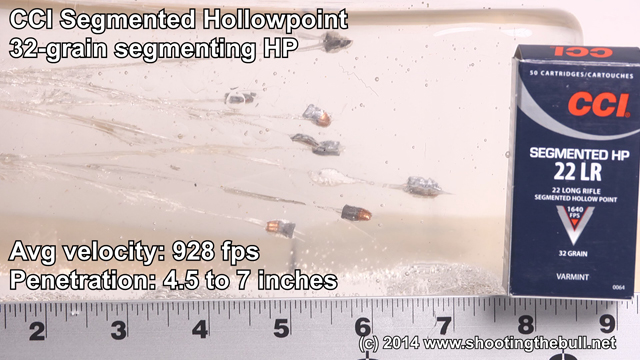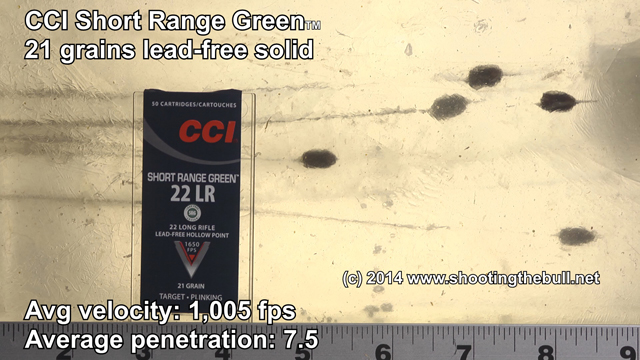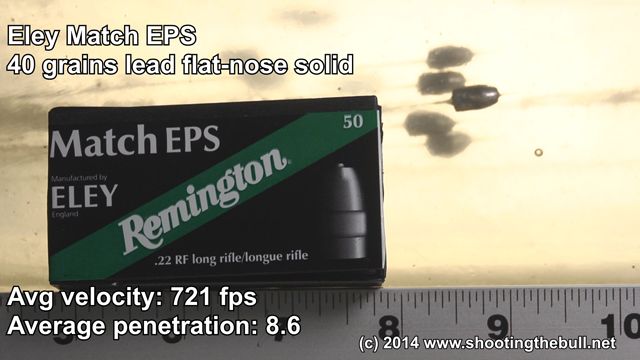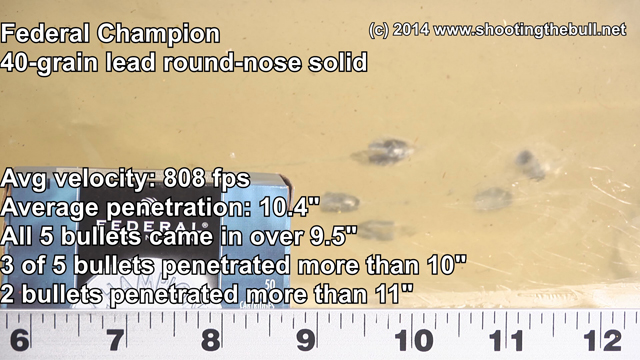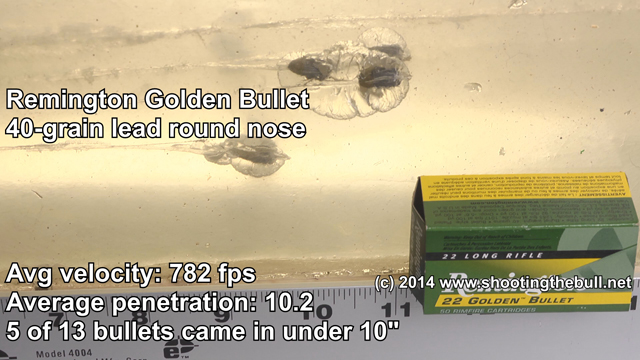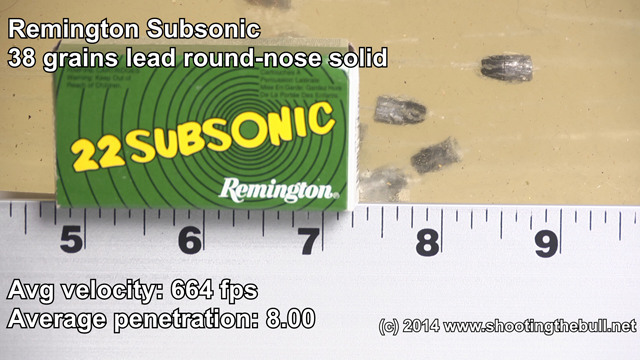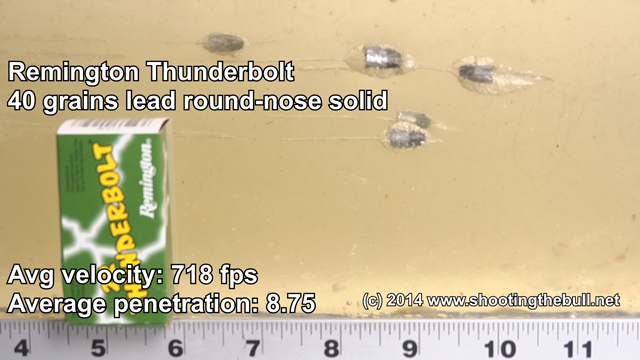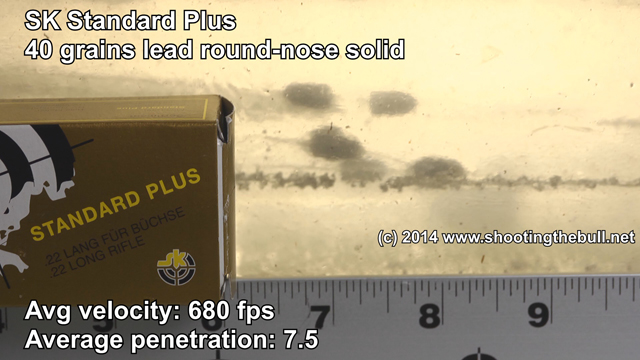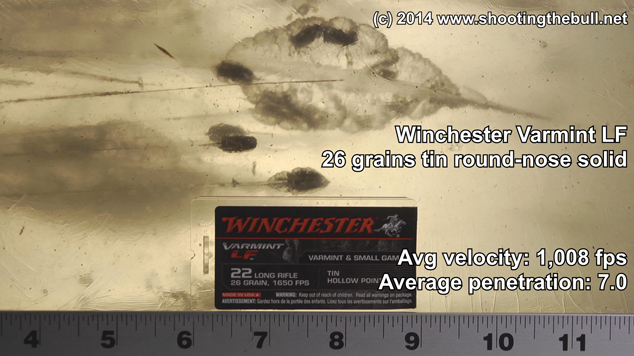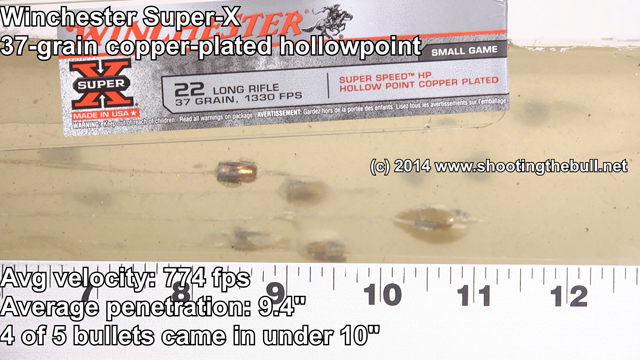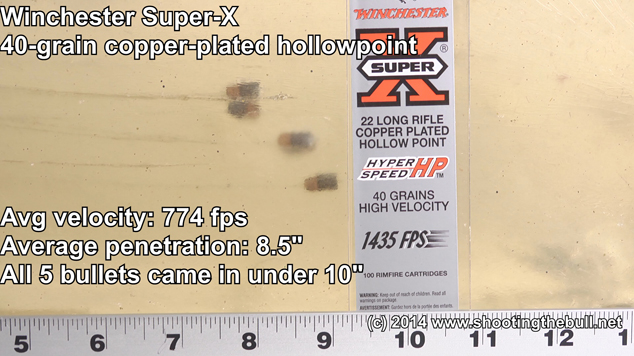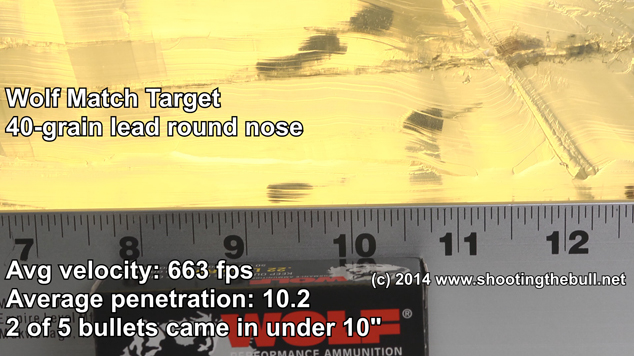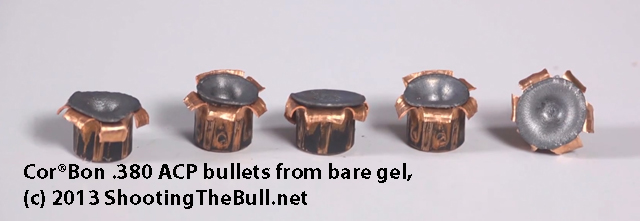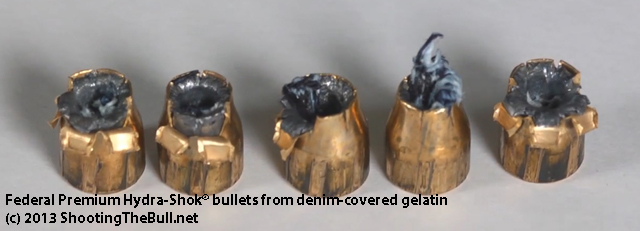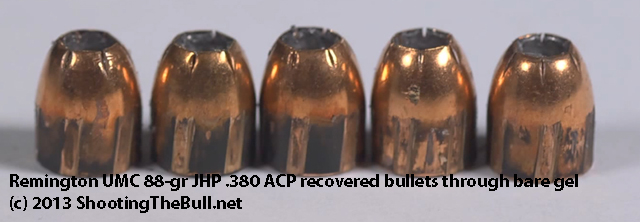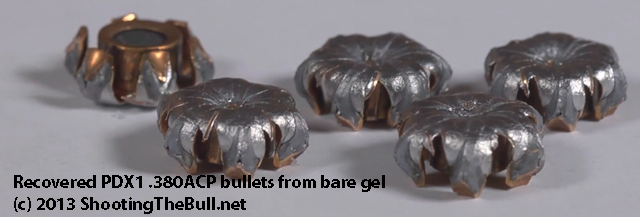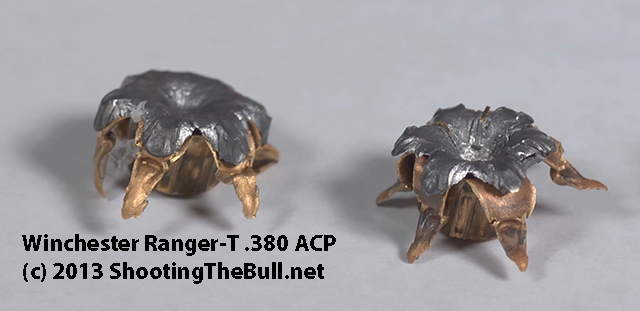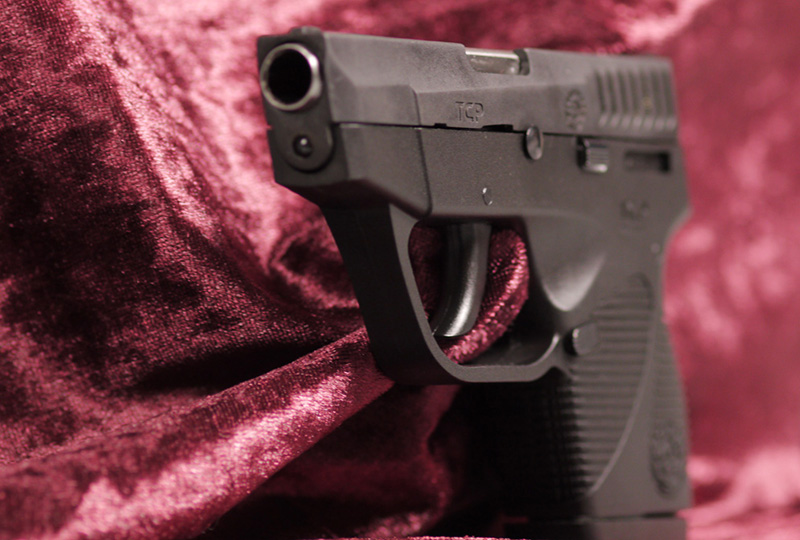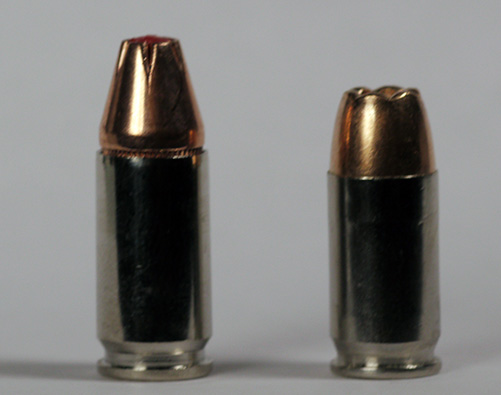I have always been fascinated by the North American Arms mini revolvers, and I’ve been conducting testing from a Black Widow in .22 Magnum. But, small as it is, the Black Widow is still substantially bigger than NAA’s smallest offerings, the .22 Short and .22LR mini-revolvers.
I loved the size of the .22 Short revolver, but its limited and (comparatively) expensive ammo choices made it a less desirable option to me than the .22LR mini-revolver, and truthfully its size was just barely smaller than the .22LR version. In other words, the .22LR is only a third of an inch longer, but it gives you much more flexibility in ammo choice. And, the .22LR mini-revolver is noticeably smaller than the .22 Magnum version (the magnum is about 3/4″ longer, 1/2″ taller, and weighs about 30% more.) Plus, the .22LR will fit in the NAA Belt Buckle Holster, whereas the .22 Magnum wouldn’t, and … the belt buckle holster is pretty intriguing, so for all those reasons, I went with the NAA .22LR mini-revolver, in the shortest barrel length (1 1/8″).
Why didn’t I go for the longer barrel? Three reasons, really:
1. I wanted the smallest .22LR revolver. A longer barrel makes it … bigger.
2. According to NAA’s own ballistic testing, the longer barrel has extremely little effect on the ballistics; the 1 5/8″ barrel delivered (in their testing) only about 2.13% faster velocities, on average, than the 1 1/8″ barrel did.
3. It wouldn’t fit in the belt buckle holster. And the belt buckle holster is cool.
Accordingly, I picked up one of these mini-revolvers and then commenced trying to figure out what would be the most appropriate ammo to use with it. But I couldn’t find any sort of standardized test results out there. There are many tests conducted on .22LR ammo, but many of them have been done from rifles or bigger pistols, and so those results would have little to zero applicability to how the rounds will perform from the tiny 1.13″ barrel… so — as I did with the .380 pocket pistol — I decided to conduct my own testing.
Testing Standards
I set as my standard the guidelines established by the 1987 and 1993 Wound Ballistic Conferences, where wound ballistics experts, medical examiners, forensic pathologists, police officers, trauma surgeons, combat surgeons, and others who worked with street shootings and bullets (and the wounds they cause) day in and day out. These were the recognized experts in their fields, and they conducted conferences to determine what properties and capabilities caused a bullet to be most effective, and how they could then develop tests that would best and most accurately reflect real-world results, so that ammo designers could then design ammo that would perform most effectively. Effectiveness was determined to be the ability to penetrate deep enough into the body to reach the vital organs (such as the heart, circulatory system, and central nervous system). A bullet that can’t reach that far, and can’t be relied upon to disrupt the vital organs, was deemed an ineffective bullet.
When it’s all boiled down to the simplest guidelines possible, the parameters work out like this, in order of importance:
- A bullet needs to have enough power to penetrate AT LEAST 12″ of soft tissue simulant. If it can penetrate through 12″ of ballistic gel, then that means it has enough power to pass through whatever combination of bone, muscle, skin, fat, and organs that it could possibly encounter, and still be able to reach the vital organs.
- A bullet should penetrate LESS than 18″ of soft tissue simulant. Bullets that penetrated more than 18″ of ballistic gel would usually end up exiting the body of the attacker, regardless of how much bone or tissue it had to pass through. That meant that the bullet posed a very real danger of overpenetration, and also that it was wasting its energy by passing completely through. This turned out to be a non-issue with the NAA .22LR Mini-Revolver, as none of the bullets I tested could exceed 18″ of penetration.
- The bigger the bullets, the better. The bigger the hole the bullet makes, the more tissue it destroys, and the more likely it is to damage vital structures that a smaller bullet might miss. In this context, expanding bullets (that penetrate deeply enough!) are much better than solid bullets, because solid bullets tend to pass right through, whereas an expanding bullet grows larger and is more likely to slow down and stop in the desired window of 12″ to 18″ of soft tissue penetration. (unfortunately, this turned out to be an irrelevant factor, since all .22LR bullets are the same diameter and make the same diameter hole, and none of the hollowpoint bullets expanded in my testing).
- Sharper bullets are better than round bullets. This isn’t the most important factor, but an expanded bullet with sharp petals on it is more likely to cut an artery or other vital structure than a round-nose bullet might, especially at the limit of travel when the bullet is going more slowly. A round-nose might just push tissue out of the way, where a sharp bullet may still be cutting and damaging tissue. This is another reason an expanded hollowpoint is a better wounder than a round-nose FMJ (Full Metal Jacket). Again, this isn’t much of a factor with the mini-revolver; the ammo available is almost entirely lead round nose (with or without copper plating); for purposes of this section I’m including the hollowpoint ammo as lead round nose, since the hollowpoints don’t expand at the low velocities the NAA mini-revolver can produce.
- Of all the parameters that matter when evaluating a bullet’s terminal performance, the most important is to achieve sufficient penetration. Overpenetration is bad, yes, but as Dr. Martin Fackler said, “Overpenetration may get you sued, but underpenetration can get you killed.”
The FBI adopted these requirements for their duty ammo selection, which is only partially related to us in the self defense community; we’re not the FBI and we don’t need FBI duty ammo, but what makes a bullet effective in stopping a criminal are the same factors that make it effective in stopping someone who’s assaulting us. Of course, none of this matters with .22LR, since the FBI doesn’t issue .22LR guns to their agents, nor do they conduct testing on .22LR ammo. Even so, the penetration requirements don’t change because the bullet’s smaller! So — the way I saw it, I was charting new territory here.
I should point out, there are other differences between the FBI testing and self-defense testing. The FBI requires their ammo to pass additional tests of barrier penetration, including auto windshield glass, plywood, drywall, and other tests. In the self defense community, those aren’t likely realistic tests that we need our ammo to pass, so I didn’t bother with those tests. There are two main tests that are most important to self defense shooters: the bare ballistic gelatin test, and the 4-layer denim test. The International Wound Ballistic Association standardized these two tests as a comprehensive evaluation of ammo performance in best-case and worst-case scenarios, and so that is the testing methodology I normally use when conducting my tests. But in this case, I didn’t bother with the denim test. Why? Because the denim test is designed to evaluate a hollowpoint bullet’s ability to expand even after passing through a lot of fabric, and with the mini-revolver, hollowpoints just DO NOT expand. At all. Pretty much ever. So the denim test would be a pointless and expensive exercise. Accordingly, my testing here is limited to the bare gel test, using (mainly) ClearBallistics synthetic ballistic gel, and in some cases I used calibrated 10% organic ballistic gel. I compared the results between them and got extremely similar results, so I believe the results here can be taken as valid regardless of which medium the particular round was tested in.
My goal was to test .22LR ammo from the 1 1/8″ mini-revolver, into ballistic gel test media, and see which (if any) rounds would deliver consistent penetration deeper than 12″.
Now, right here you may think I’m asking too much from this little mini revolver. And I admit, I am — it would seem absurd to ask that a 4.5-ounce gun be able to deliver 12″ of penetration! I agree. However, the standards as set by the professionals seem to me to be a worthy goal to pursue. Would we be able to achieve it? I didn’t know — but I certainly wanted to see what comes closest. After all, why settle for something substandard, when it’s possible that there might actually be a round or two out there that actually would deliver the results and meet the goal?
It is also true that you may not NEED a full 12″ of penetration from such a tiny pistol, given that this type of pistol is less likely to be used as your main defensive weapon and is more likely to be used as a “last resort” type of weapon (meaning, it might be used in up-close contact distances where you’re actually shoving the revolver into the bad guy’s body and pulling the trigger.) In cases like that, you wouldn’t have to worry about intervening arms getting in the way and requiring more penetration to get through them. In a case of an unobstructed chest shot, it’s possible that an 8″ bullet might be able to get the job done. But a 12″ bullet would always be able to get the job done. And since we don’t get to pick and choose our defensive shooting scenarios, I wanted bullets that had the highest probability of delivering deep-penetrating hits in all possible scenarios. And especially for those who may actually be relying on a .22LR mini-revolver for their main or only defensive weapon, they may very well need the full 12″ of penetration potential depending on the scenario they find themselves in.
With all that said, my final attitude was: I want the bullets to be able to penetrate 12″. I would find it probably acceptable if they would penetrate at least 10″, that would probably be good enough for many scenarios. If they’ll only go 8″, that’s pretty shallow and I certainly wouldn’t be happy about that. But only proper testing can reveal just how far they actually can go.
I’ve blogged previously on the whys and wherefores of ballistic gel (for example, here, here, and here.) In the simplest terms, it’s a soft tissue simulant that we use to evaluate a bullet’s performance through soft human tissue. It’s not “jello”, it’s not a dessert, it’s actually powdered and reconstituted flesh. Professional ballistic gel is made from ground-up and powdered pork skin. It’s an effective flesh simulant because it actually is flesh. I used synthetic ClearBallistics gel from www.clearballistics.com for most of the bare gel tests, and I re-confirmed the best-performing bullets’ performance by shooting them into genuine 10% organic ordnance gelatin. (For reference, I did a comprehensive comparison between the two tissue simulant products before starting this Ammo Quest, and found that the synthetic gel was suitable and quite comparable for handgun bullet testing.)
Testing Procedures
My testing procedure was to fire at least five shots into each block of gel, from 10 feet, through a chronograph. All 10% ballistic gel was calibrated with a steel BB at ~590 fps, was prepared to FBI specifications using FBI gel preparation procedures, stored at proper temperatures, and shot at proper temperatures, for consistent reliable data. All bullets were measured for penetration distance while they were in the block of gel. In some cases I may have shot more than five bullets, to get a higher statistical sampling of that particular ammo’s performance. This is especially true in the case of the best-performing ammo; I wanted to verify that I wasn’t seeing a “fluke”, I wanted to verify that it was legitimate performance. In the case of the winning ammo, I shot rounds into the synthetic gel and also into a block of organic gel, to ensure the results were valid.
I tested a total of 25 types of ammunition through bare ClearBallistics gelatin, and retested the best rounds in organic gel. This resulted in a grand total of 32 different tests being conducted (sheesh!) I didn’t produce a separate video for each, as there really was no need — the bullets don’t expand, they don’t do anything different, there was no need for a bullet exam afterwards, they’re all just solid hunks of lead (or tin or plastic or whatever the bullet was made of). So the only thing that really mattered was the velocity and the penetration distance. I have compiled all those results in the following video, and in the tables below.
Results
The results are correlated in the tables below. Penetration data is color-coded; red is totally unacceptable underpenetration under 9″; yellow is a bad sign (indicating modest underpenetration below 10″), green is considered decent (over 10″ but under 12″), and blue is considered excellent penetration (deeper than 12″). When looking at these charts, the more blue and green you see, the better that ammo performed.
North American Arms .22LR Mini-Revolver With 1 1/8″ Barrel
Ammunition Test Results
Aguila Colibri
| Bullet Weight | 20 |
| Bullet Type | Lead CB |
| Average Velocity in feet per second | 346 |
| Penetration in Bare Gelatin, inches: | 1.50 |
| (corrected for bounceback) | 2.50 |
| 2.50 | |
| 2.50 | |
| 2.50 |
Aguila Interceptor Red
| Bullet Weight | 40 grains |
| Bullet Type | Lead Soft Point |
| Average Velocity in feet per second | 860 |
| Penetration in Bare Gelatin, inches: | 10.50 |
| 11.00 | |
| 11.50 | |
| 11.75 | |
| 13.75 |
Aguila Sniper SubSonic
| Bullet Weight | 60 |
| Bullet Type | Lead Round Nose |
| Average Velocity in feet per second | 596 |
| Penetration in Bare Gelatin, inches: | 6.00 |
| 6.00 | |
| 6.50 | |
| 6.75 | |
| 7.00 |
Aguila Super Colibri
| Bullet Weight | 20 |
| Bullet Type | Lead CB |
| Average Velocity in feet per second | 509 |
| Penetration in Bare Gelatin, inches: | 4.00 |
| 4.50 | |
| 4.50 | |
| 5.00 | |
| 5.50 |
Aguila SuperExtra Blue Subsonic
| Bullet Weight | 40 |
| Bullet Type | Lead Round Nose |
| Average Velocity in feet per second | 648 |
| Penetration in Bare Gelatin, inches: | 6.50 |
| 7.00 | |
| 7.50 | |
| 8.00 | |
| 6.75 |
Aguila SuperExtra Orange High Velocity
| Bullet Weight | 40 |
| Bullet Type | Copper-Plated Lead Round Nose |
| Average Velocity in feet per second | 680 |
| Penetration in Bare Gelatin, inches: | 7.75 |
| 7.75 | |
| 8.00 | |
| 8.00 | |
| 8.00 |
Aguila SuperExtra Yellow High Velocity
| Bullet Weight | 38 |
| Bullet Type | Copper-Plated Hollowpoint |
| Average Velocity in feet per second | 685 |
| Penetration in Bare Gelatin, inches: | 7.25 |
| 7.25 | |
| 7.50 | |
| 7.50 | |
| 8.50 | |
| 8.50 | |
| 8.50 | |
| 8.50 |
Aguila Supermaximum Hyper Velocity
| Bullet Weight | 30 |
| Bullet Type | Copper-Plated Hollowpoint |
| Average Velocity in feet per second | 845 |
| Penetration in Bare Gelatin, inches: | 7.50 |
| 8.00 | |
| 13.25 | |
| 13.75 | |
| 14.25 | |
| 15.75 |
American Eagle Hollowpoint
| Bullet Weight | 38 |
| Bullet Type | Copper-Plated Hollowpoint |
| Average Velocity in feet per second | 807 |
| Penetration in Bare Gelatin, inches: | 9.25 |
| 9.00 | |
| 9.50 | |
| 9.75 | |
| 10.75 |
American Eagle Solid
| Bullet Weight | 40 |
| Bullet Type | Lead Round Nose |
| Average Velocity in feet per second | 823 |
| Penetration in Bare Gelatin, inches: | 9.25 |
| 10.25 | |
| 10.75 | |
| 10.75 | |
| 11.50 | |
| 12.00 | |
| 12.00 | |
| 13.00 |
CCI Mini-Mag 36-Grain Hollowpoint
| Bullet Weight | 36 |
| Bullet Type | Copper-Plated Hollowpoint |
| Average Velocity in feet per second | 838 |
| Penetration in Bare Gelatin, inches: | 12.00 |
| 12.00 | |
| 12.50 | |
| 12.50 | |
| 11.50 | |
| 11.50 | |
| 11.25 | |
| 11.25 | |
| 11.75 |
CCI Mini-Mag 40-Grain Solid
| Bullet Weight | 40 |
| Bullet Type | Copper-Plated Lead Round Nose |
| Average Velocity in feet per second | 752 |
| Penetration in Bare Gelatin, inches: | 8.25 |
| 8.25 | |
| 8.50 | |
| 8.50 | |
| 9.00 |
CCI Segmented Hollowpoint
| Bullet Weight | 32 |
| Bullet Type | Copper-Plated Hollowpoint |
| Average Velocity in feet per second | 928 |
| Penetration in Bare Gelatin, inches: | 4.50 |
| 5.00 | |
| 5.50 | |
| 5.50 | |
| 5.75 | |
| 5.75 | |
| 6.00 | |
| 7.00 |
CCI Short-Range Green
| Bullet Weight | 21 |
| Bullet Type | Lead-Free Solid |
| Average Velocity in feet per second | 1005 |
| Penetration in Bare Gelatin, inches: | 5.50 |
| 7.00 | |
| 7.50 | |
| 8.50 | |
| 8.75 |
CCI Shotshell
| Bullet Weight | 31 |
| Bullet Type | #12 shot |
| Average Velocity in feet per second | |
| Penetration in Bare Gelatin, inches: | 1 to 2” |
Eley Match EPS
| Bullet Weight | 40 |
| Bullet Type | Lead Flat Nose |
| Average Velocity in feet per second | 721 |
| Penetration in Bare Gelatin, inches: | 8.50 |
| 8.50 | |
| 8.50 | |
| 8.50 | |
| 9.00 |
Federal Champion 40-grain Solid
| Bullet Weight | 40 |
| Bullet Type | Lead Round Nose |
| Average Velocity in feet per second | 808 |
| Penetration in Bare Gelatin, inches: | 9.50 |
| 9.75 | |
| 10.00 | |
| 11.00 | |
| 11.50 |
Remington Golden Bullet
| Bullet Weight | 40 |
| Bullet Type | Round Nose |
| Average Velocity in feet per second | 782 |
| Penetration in Bare Gelatin, inches: | 8.50 |
| 9.50 | |
| 9.50 | |
| 9.50 | |
| 9.75 | |
| 10.00 | |
| 10.00 | |
| 10.00 | |
| 10.50 | |
| 11.00 | |
| 11.00 | |
| 11.00 | |
| 11.75 |
Remington Subsonic
| Bullet Weight | 38 |
| Bullet Type | Lead Round Nose |
| Average Velocity in feet per second | 664 |
| Penetration in Bare Gelatin, inches: | 7.25 |
| 7.75 | |
| 8.00 | |
| 8.25 | |
| 8.75 |
Remington Thunderbolt
| Bullet Weight | 40 |
| Bullet Type | Round Nose |
| Average Velocity in feet per second | 718 |
| Penetration in Bare Gelatin, inches: | 7.00 |
| 8.75 | |
| 9.00 | |
| 9.00 | |
| 10.00 |
SK Standard Plus
| Bullet Weight | 40 |
| Bullet Type | Lead Round Nose |
| Average Velocity in feet per second | 680 |
| Penetration in Bare Gelatin, inches: | 7.00 |
| 7.25 | |
| 7.50 | |
| 7.75 | |
| 8.25 |
Winchester Varmint LF
| Bullet Weight | 26 |
| Bullet Type | Tin Hollowpoint |
| Average Velocity in feet per second | 1008 |
| Penetration in Bare Gelatin, inches: | 6.25 |
| 6.50 | |
| 6.50 | |
| 7.50 | |
| 7.50 | |
| 8.00 |
Winchester Super-X Super Speed Hollowpoint
| Bullet Weight | 37 |
| Bullet Type | Copper-Plated Hollowpoint |
| Average Velocity in feet per second | 774 |
| Penetration in Bare Gelatin, inches: | 8.75 |
| 8.75 | |
| 9.25 | |
| 9.50 | |
| 10.75 |
Winchester Super-X Hyper Speed Hollowpoint
| Bullet Weight | 40 |
| Bullet Type | Copper-Plated Hollowpoint |
| Average Velocity in feet per second | 730 |
| Penetration in Bare Gelatin, inches: | 8.00 |
| 8.00 | |
| 8.75 | |
| 8.75 | |
| 9.00 |
Wolf Match Target
| Bullet Weight | 40 |
| Bullet Type | Lead Round Nose |
| Average Velocity in feet per second | 663 |
| Penetration in Bare Gelatin, inches: | 9.75 |
| 9.75 | |
| 10.00 | |
| 10.50 | |
| 11.00 |

